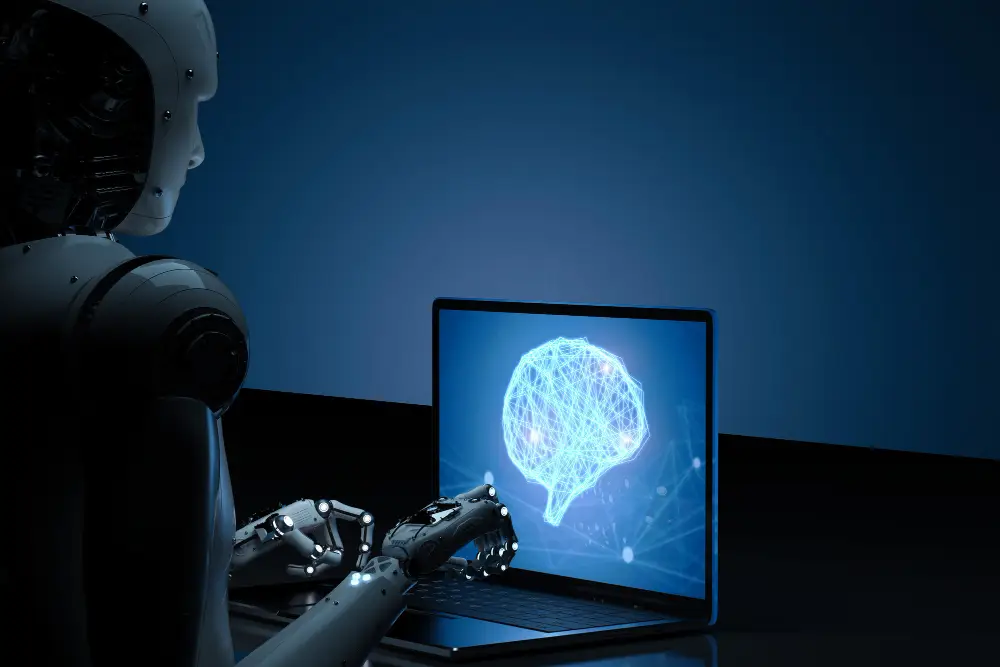
Artificial intelligence
The AI revolution in market research: beyond data collection

Remember when market research meant endless surveys and focus groups, with researchers hunched over spreadsheets trying to make sense of it all? Those days aren’t exactly gone, but they’re definitely getting a major upgrade thanks to artificial intelligence. But here’s the thing – AI isn’t just changing how we do market research; it’s completely transforming what’s possible. Let’s dive into this brave new world, shall we?
Welcome to the Future: AI’s Current Role
If you’re imagining AI as just a fancy calculator for survey data, prepare to have your mind blown. Today’s AI tools are more like having a team of tireless analysts who can process information at lightning speed while spotting patterns that might take humans months to notice. They’re reading through thousands of social media posts, analyzing customer reviews in multiple languages, and even predicting market trends before they become obvious.
Think of it this way: If traditional market research was like fishing with a net, AI-powered research is like having a submarine with sonar. You’re not just catching what’s on the surface; you’re seeing the entire ecosystem in real-time.
The Cool Stuff: What AI Can Actually Do
Let’s talk about Natural Language Processing (NLP) – imagine having an assistant who can read through millions of customer conversations and tell you exactly what people love, hate, and wish for about your product. That’s what modern NLP algorithms do, but they don’t just count mentions; they understand context, detect sarcasm, and can even pick up on emerging trends in how people talk about your industry.
Then there’s predictive analytics, which is less about crystal balls and more about extremely educated guesses. By analyzing historical patterns and current market signals, AI can help you spot opportunities before your competitors do. It’s like having a weather forecast for your market – it might not be perfect, but it’s a lot better than looking up at the sky and guessing.
The Human Touch: Why AI Isn’t the Whole Story
Here’s where things get interesting – and why you shouldn’t worry about AI replacing human researchers just yet. While AI is fantastic at processing vast amounts of data and spotting patterns, it still needs human expertise to make sense of it all. It’s like having an incredibly smart intern who can gather and organize tons of information but needs guidance on what it all means for your business.
Think about context – AI might tell you that mentions of your product increased 500% last month, but it takes human insight to understand that it happened because your competitor had a major PR disaster. Or consider cultural nuances – AI might flag a trend in customer behavior, but only someone with deep industry knowledge can understand if it’s a genuine shift or just a temporary blip.
Making It Work: Best Practices for AI Integration
Starting your AI journey in market research doesn’t mean throwing out everything you know and starting fresh. Instead, think of it as adding a powerful new tool to your toolkit. Here’s how to do it right:
First, start with clear objectives. Just because AI can analyze everything doesn’t mean it should. Define what you actually need to know before letting AI loose on your data. It’s like giving directions to a super-fast runner – they might be able to cover a lot of ground quickly, but they still need to know where they’re going.
Next, focus on data quality. AI is like a gourmet chef – the output is only as good as the ingredients you provide. Make sure your data is clean, relevant, and properly structured. Bad data fed into AI doesn’t magically become good insights; it just becomes bad insights faster.
What’s Coming Next: The Future of AI in Research
The exciting part? We’re just scratching the surface. As AI technology continues to evolve, we’re seeing more sophisticated pattern recognition, better natural language understanding, and increasingly accurate predictive capabilities. It’s like watching the early days of the internet – we can see the potential, but the best applications probably haven’t even been invented yet.
Imagine AI systems that can not only analyze what customers are saying but predict what they’ll want next. Or tools that can automatically adjust research methodologies based on early findings to get you better results. The possibilities are endless, but they all share one common thread – they’ll work best when combined with human expertise.
In Conclusion
The AI revolution in market research isn’t about replacing human insight with machine learning – it’s about enhancing our ability to understand markets, customers, and trends at a scale and speed previously impossible. The winners in this new era won’t be those who simply adopt AI tools, but those who learn to combine AI’s computational power with human creativity and expertise. Think of it as a partnership: AI handles the heavy lifting of data processing and pattern recognition, while humans provide the strategic thinking and contextual understanding that turns those insights into action.
The future of market research isn’t human or machine – it’s human and machine, working together to unlock deeper insights than either could discover alone. And that’s pretty exciting, don’t you think?
